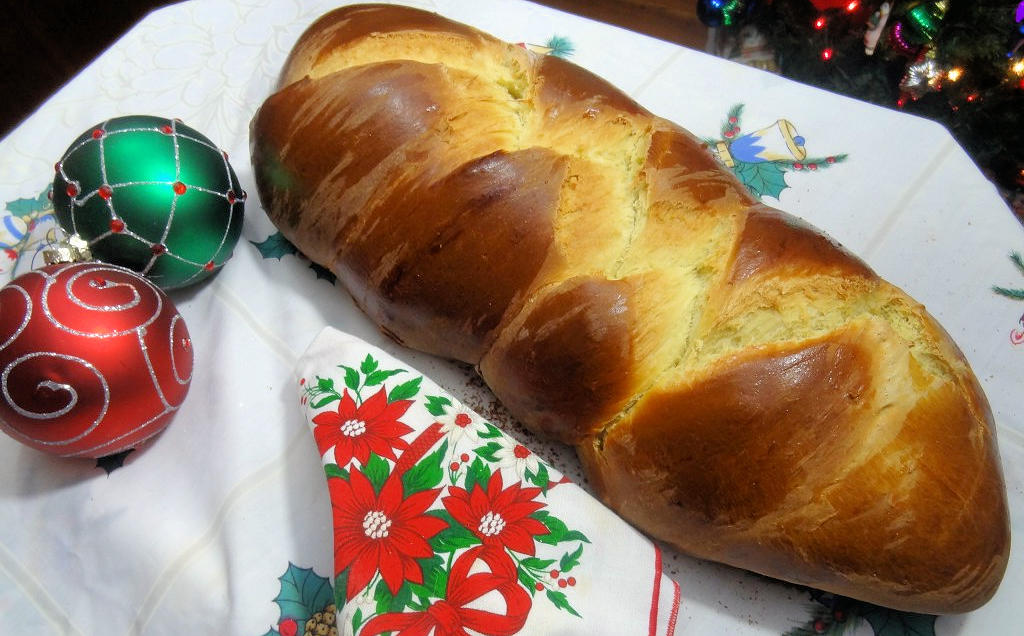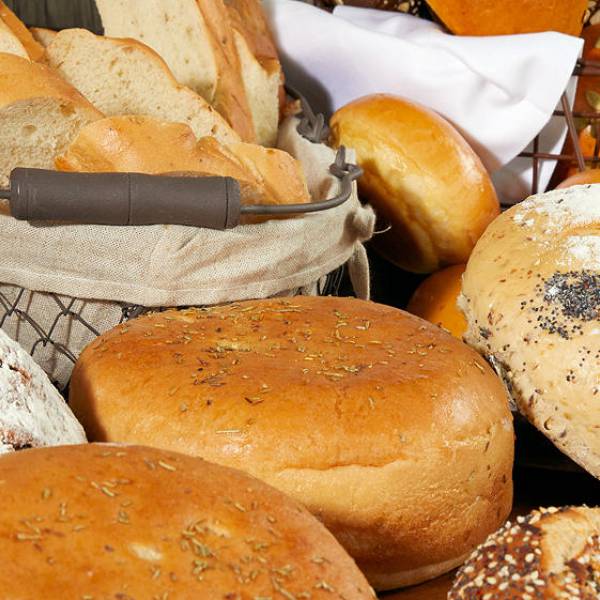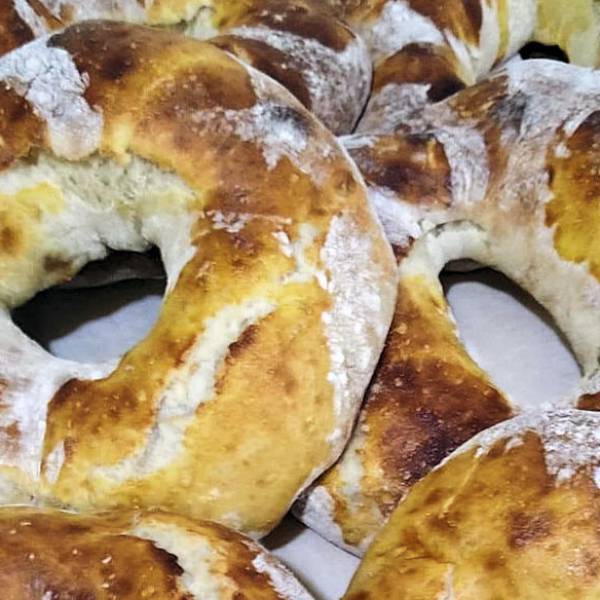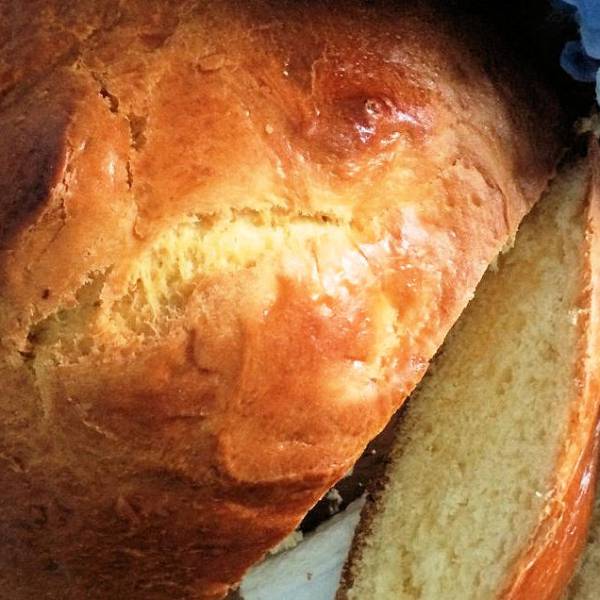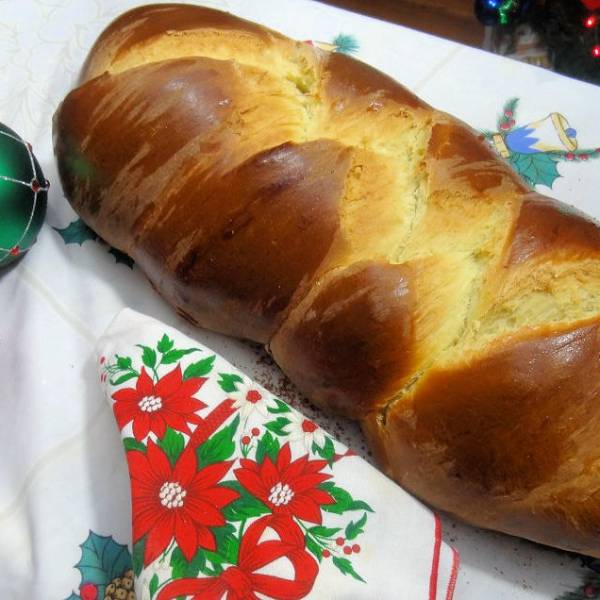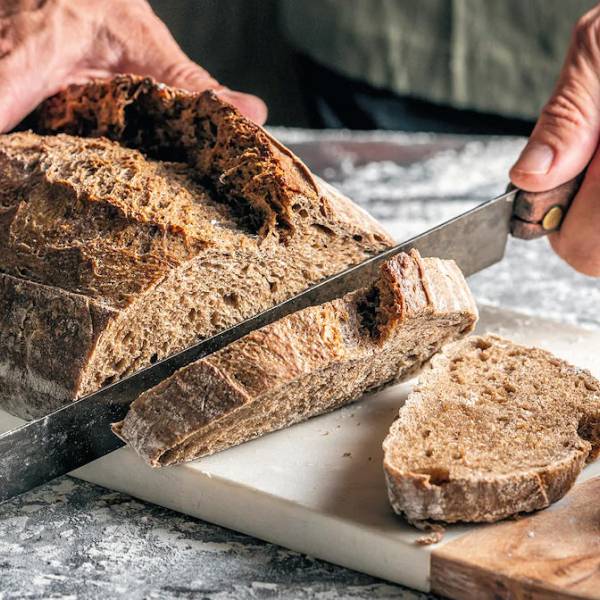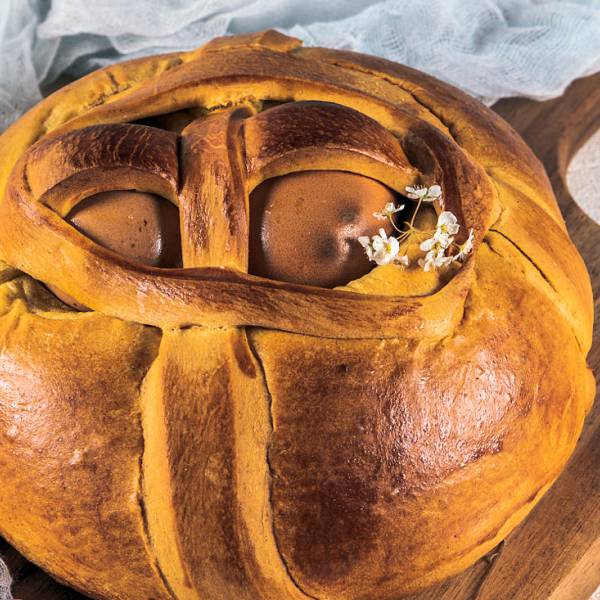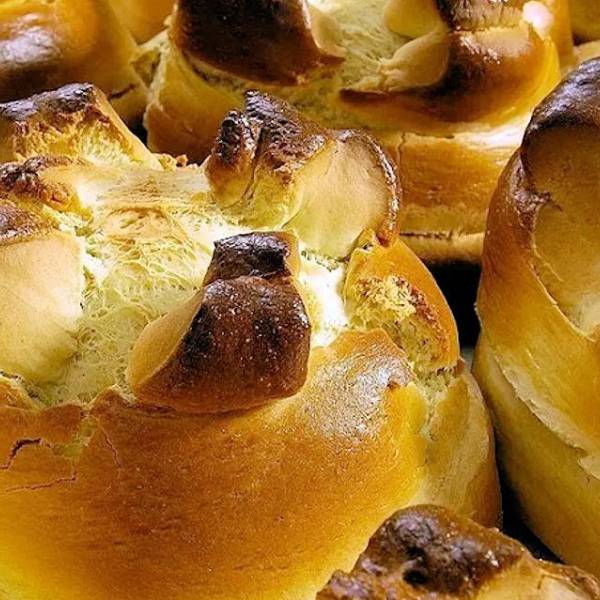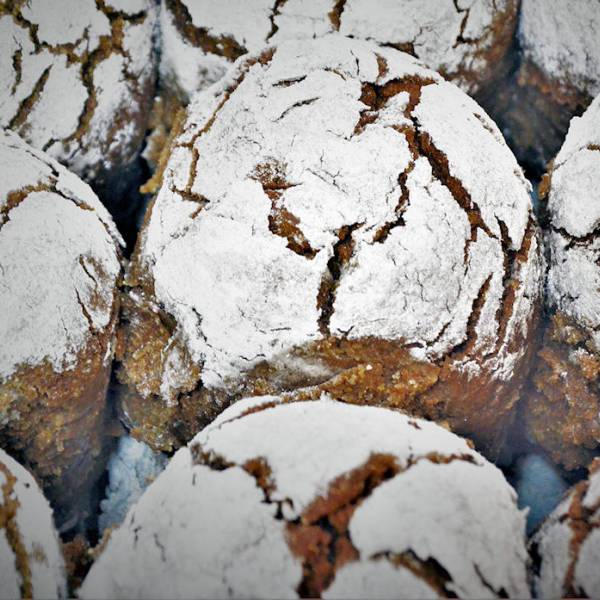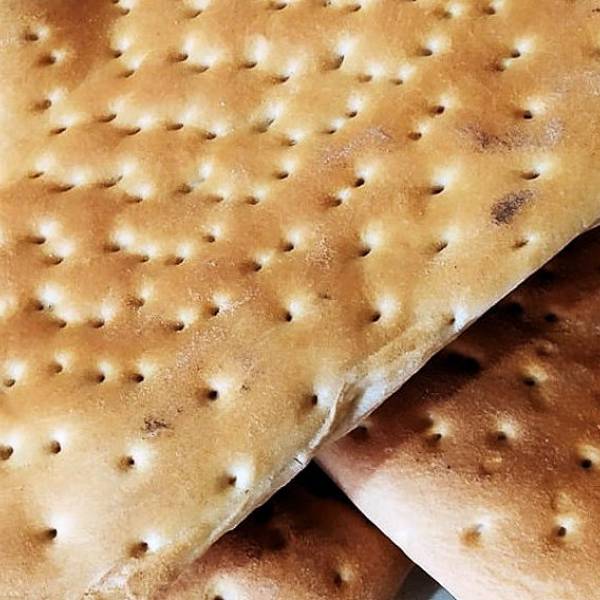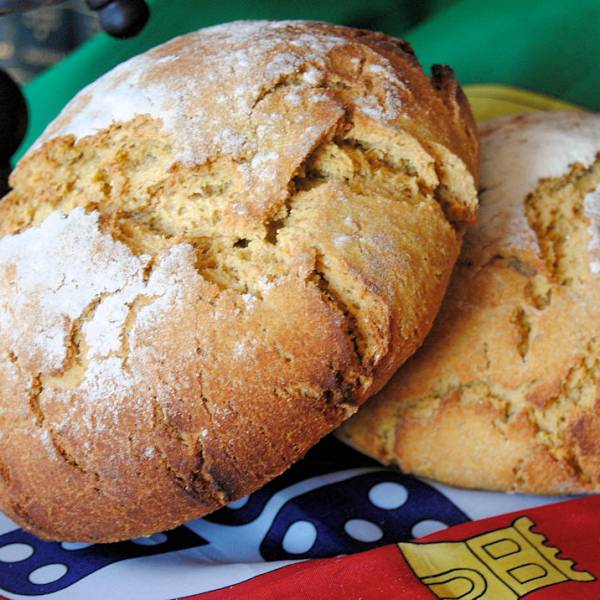Over time, Portuguese immigrants from Madeira and the Azores brought their treasured recipes and culinary traditions to faraway lands, including the exotic islands of Hawaii. It was in the late 19th and early 20th centuries that Pão Doce made its way to the Hawaiian archipelago, accompanying these intrepid Portuguese settlers. With them, they carried not only the recipes but also their traditional stone ovens (forno), allowing them to recreate the flavors of home in their new land.
In Hawaii, Pão Doce became an integral part of the local cuisine and culture. Alongside other Portuguese delicacies like Massa Sovada (Azorean sweet bread), Malassada (fried dough), and Folar de Páscoa (Easter bread), this sweet bread adorned Hawaiian tables and delighted both locals and visitors alike. Its popularity soon spread beyond the island paradise, reaching Portuguese communities throughout the United States, from New England to California, and even as far as Ontario, Canada.
The allure of Pão Doce lies in its simplicity and heavenly taste. Made from a harmonious blend of milk, sugar, eggs, yeast, and flour, with occasional hints of lemon peel, this bread possesses a light and fluffy texture that melts in your mouth. Its delicate sweetness makes it an ideal choice for breakfast or dessert. Locals often savor it with a generous spread of butter or pair it with the creamy goodness of rice pudding, known as arroz doce. However, the magic of Pão doce is not limited to its everyday incarnation.
Lisbon.vip Recommends
Beyond its culinary appeal, Pão doce embodies the essence of Portuguese heritage and identity. It serves as a symbol of the country's history, a testament to the fusion of diverse cultures and cuisines that have shaped Portugal throughout the centuries. This humble bread speaks volumes about the resilience and creativity of the Portuguese people, their ability to adapt and innovate while preserving their traditions.
For tourists visiting Lisbon, indulging in a freshly baked Pão Doce is a must-do experience. As you savor each bite, you not only treat your taste buds to a delightful pastry but also embark on a journey through time, immersing yourself in the vibrant tapestry of Portuguese culture. Whether enjoyed as a simple breakfast or as a centerpiece of a festive gathering, Pão Doce promises to leave a lasting impression, offering a taste of Portugal's rich heritage and its unparalleled culinary delights. So, surrender to the allure of this heavenly bread and let Pão doce be your gateway to the heart and soul of Lisbon.


